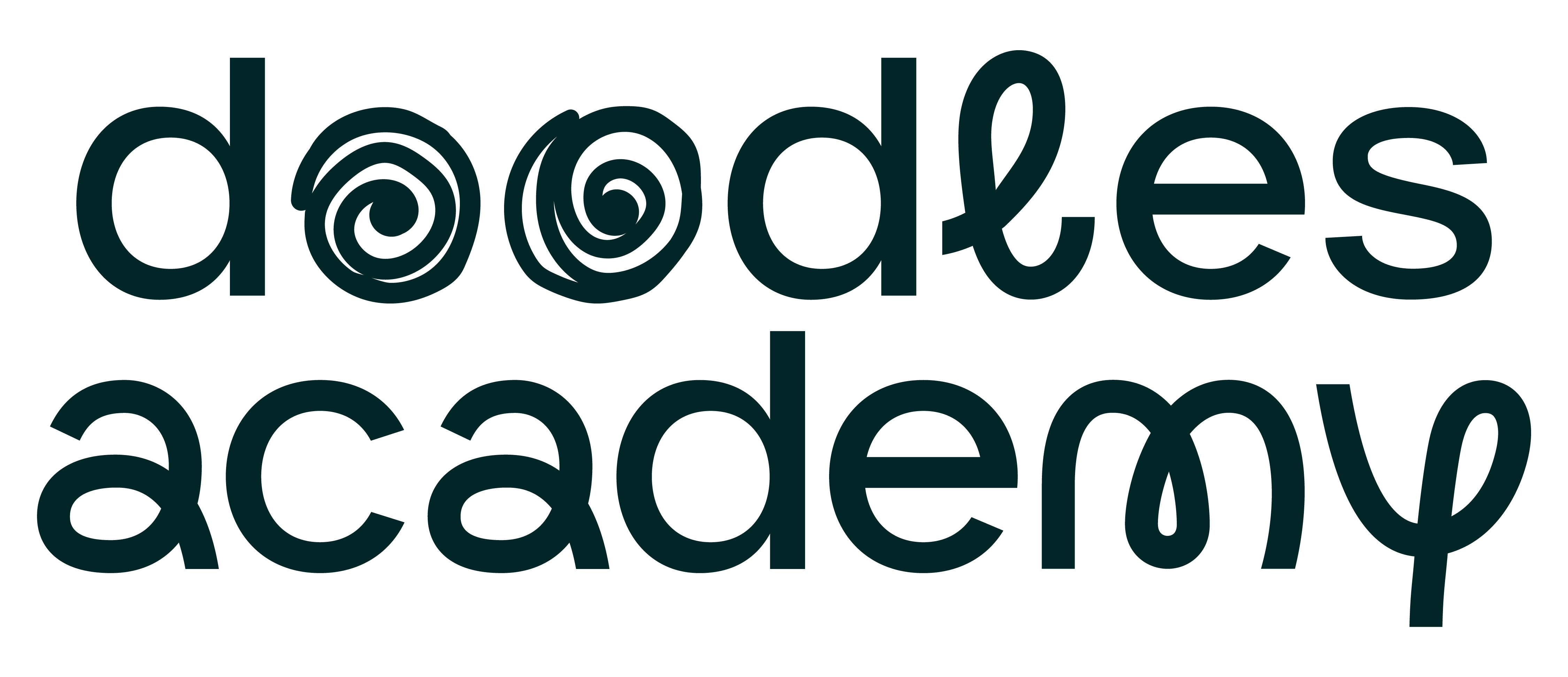Back to: Create-A-Creature. (upper grades)
Overview:
In this lesson, student artists are introduced to different kinds of mythological (specifically chimera) creatures from different cultures. They are then asked to brainstorm some of their own by playing a game with the other students in the classroom.
Students will be able to:
- follow instructions for the game and draw the appropriate body part in the appropriate space.
Setup:

Students will be working independently along with the group.

Have materials set up in a way that is easy to pass out, see, and select from.
Media:
- N/A
Handouts & Photocopies:
- L1.Riddles (1 teacher copy)+ L1.Riddles (answers) (1 teacher copy)
-
L1.Handout (at least 2 per student)
Lesson 1
10M, INSPIRATION IMAGE
LOOK AND DISCUSS AN ART PIECE THAT INTRODUCES SOME OF THE LESSON CONCEPTS
Project the inspiration image where students can see it. Give students a moment to study it silently, then begin a brief discussion with the phrase, “What can we find?”. Paraphrase what students say for the benefit of the class, being careful to remain neutral, then ask “What else can we find?”. Alternately, allow them to draw or write what they notice on a blank piece of paper or in a sketchbook.
- Mythical bird-man approx. 1775-1850
- Mythical bird-men and bird-women are among the wondrous creatures that inhabit the Eden-like Himavanta Forest of Buddhist legend. They are frequently depicted in Thai sculptures, paintings, and other mediums.
Note on using the information above: As your students participate in a conversation around this artwork, it may occasionally be helpful to provide them with additional or contextual information. This information can and should be imparted at the teacher’s discretion.
The point of this discussion time is to have students learn and add onto each other’s thoughts. By remaining neutral and simply repeating what students say you allow students to do the heavy mental lifting and also create an environment where there is no wrong answer, fostering creativity and mental risk-taking.
5M, INTRODUCTION VIDEO
WATCH THE INTRODUCTION VIDEO & CHECK FOR UNDERSTANDING
Check for understanding by asking, “Who was listening closely that can sum up what we are doing today?” Make sure that student artists can list all the steps and clarify anything that needs clarifying.
- Go over how to pass papers according to the rules of your classroom.
- Make sure students know not to look at the part drawn on the paper before them.
- If you will be using a timer (optional) set a time limit for students to draw each section. 1-2 minutes, depending on the age of your student artists.
15M, WORKTIME
FOCUS ON GETTING THE KIDS EXCITED ABOUT THE PROJECT
The students work independently on the individual sections, then look at the images as a team once all three sections are complete. Do two rounds of the game.
At this point, the focus of the class-period should be getting student artists invested in the project; they are having fun, and that should be encouraged.
5-10M, ADDITIONAL WORKTIME
FOCUS ON GETTING STUDENTS TO BEGIN THINKING ABOUT WHAT ANIMALS THEY CAN COMBINE
Student artists can use the final minutes in class to brainstorm their own composite creature on copy paper. Tell them it has to have at least two different animals in it. They can change this by next week—today is just a day for them to brainstorm. No need to even finish this if they run out of time.
5-10M, CLEAN-UP/PRESENTATIONS
STUDENTS ANSWER RIDDLES AS A GROUP
Depending on the teacher’s style of classroom management, it might be helpful to only choose and train a few kids to clean. The rest of the class can be busy with the presentation. Make sure to train these helpers well in advance so that you aren’t left with a messy room.
Clean-up times will vary with materials; get to know your class and allow 5-10 minutes depending on how efficient they are and whether or not the material was messy.
Sit the students down, review the ‘Sphinx’ (would guard treasure, ask riddles in order for people to go by). Ask students a couple of riddles from the riddle sheet
ANTICIPATED PROBLEMS
-
Students might have a difficult time passing in the correct direction. If you do not already have a system in place in your classroom, you may want to take a moment before beginning the lesson to have students point at the person they will be passing to.
EARLY FINISHERS
Students should finish at around the same time, and then they can begin working on brainstorming their own creature (see lesson).
This project is free to access, but after the first lesson, you will have to create a free account and enroll in the course. After you create an account and enroll, the project can be accessed from the ‘artroom’ tab at the top of the page.
